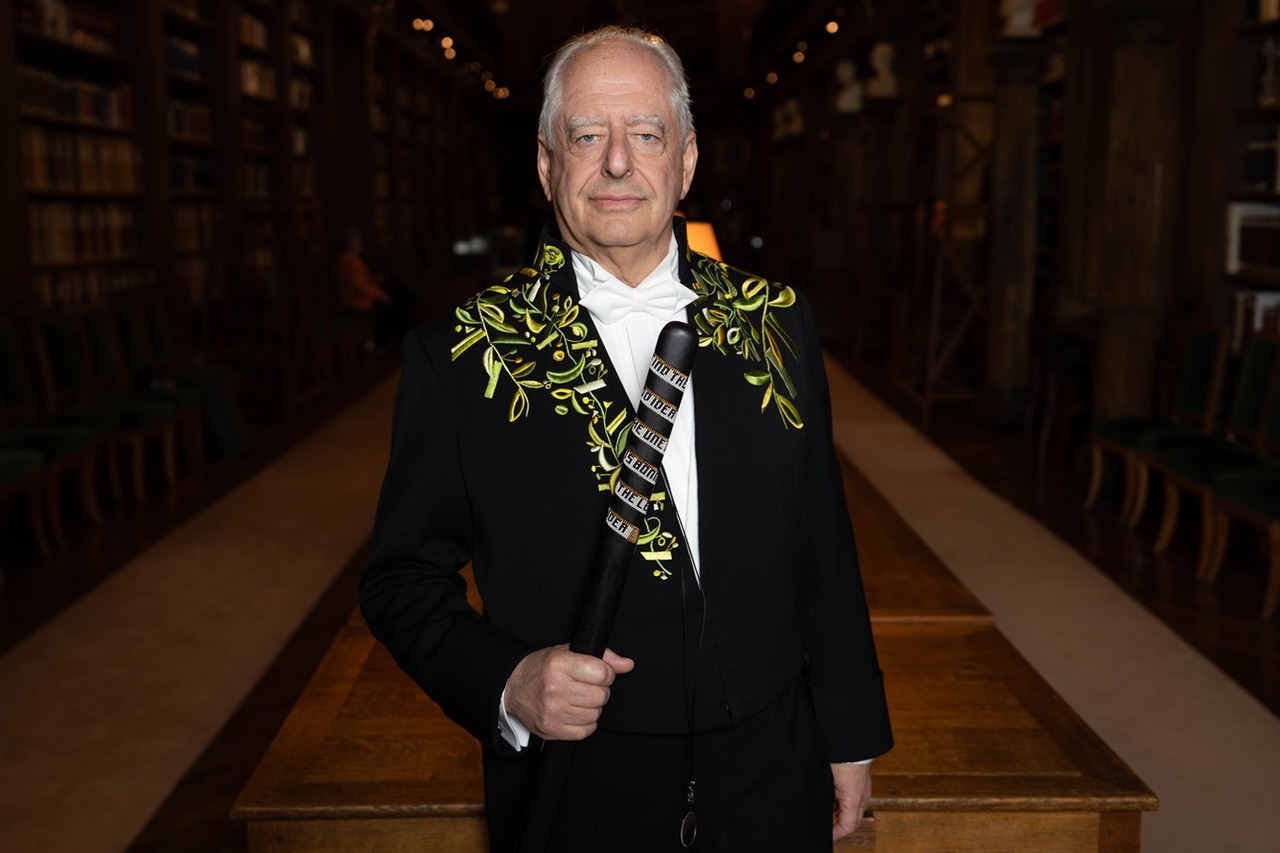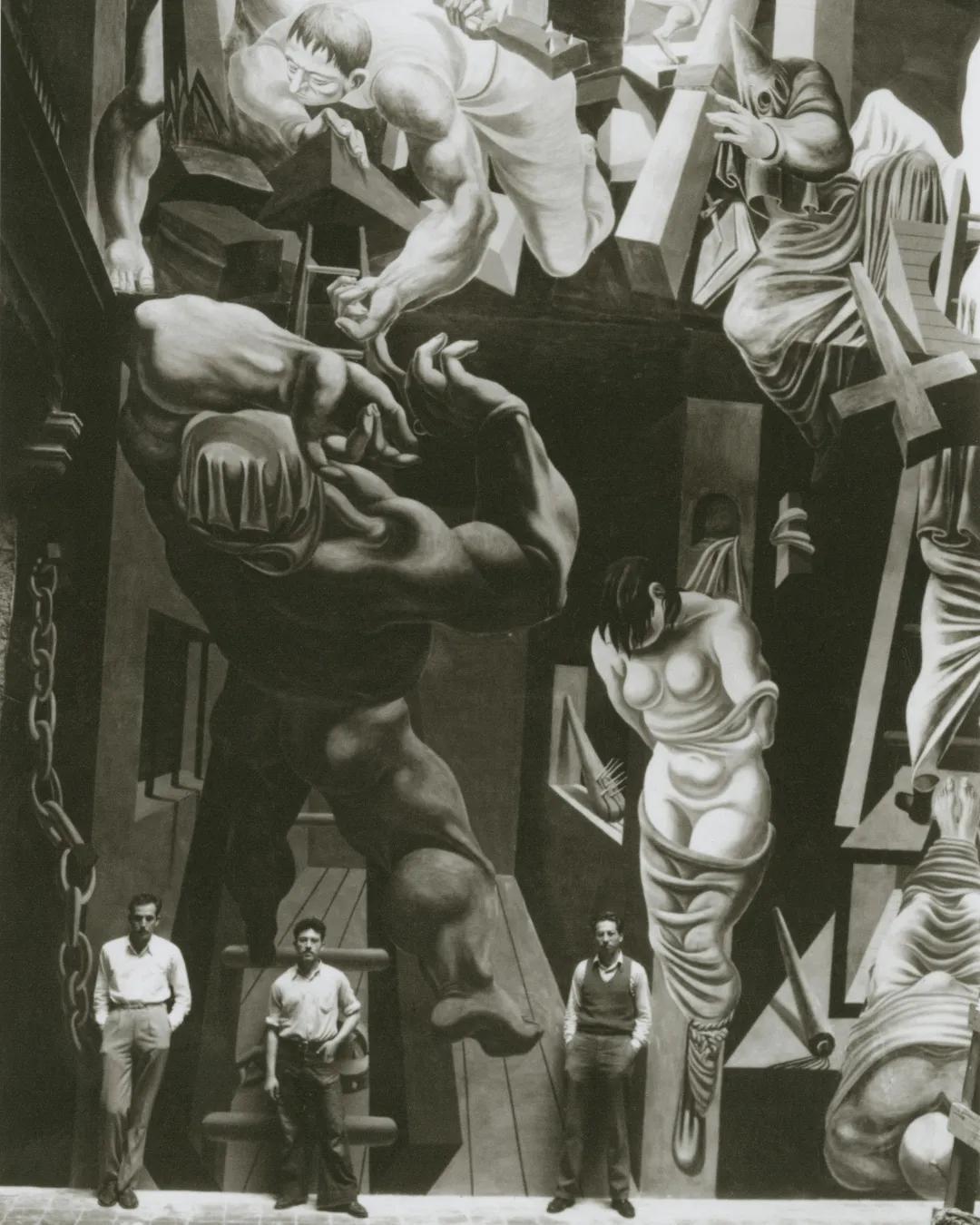Meet the Maker: Katie Spragg

Katie Spragg during her residency with Make Hauser & Wirth Somerset, 2023. Courtesy the artist and Hauser & Wirth. Photo: Catherine Garcia
Meet the Maker: Katie Spragg
Katie Spragg is an artist working predominantly in ceramics. Her work explores our interconnected relationship with nature, questioning the evolving patterns in which humans and plants co-exist. Her creative practice is focused on observing how plants behave and how their behaviour can help us reconsider our own approach to communities, care, landscape and our place in the world, specifically, thinking about plants within the context of how we live and how they connect to the surrounding environment. Spragg uses clay and plants as routes to conversations with people to help gather and collect their stories.
In 2023, Spragg had the opportunity to expand this focus during a year-long, multi-site residency project with Make Hauser & Wirth in Braemar, Scotland, Menorca and Somerset. She spent an extended period of time in these expansive but varying landscapes, observing the plants that grow in them. Working in the artist residency studios in Braemar and Somerset, directly from walking, drawing and photographing the outdoors, allowed Spragg to create in a more immediate way. She developed a series of sculptural ‘sketches’ in clay that captured a single plant or composition that felt significant to the places and people she encountered.
Incorporating color was another aspect that became increasingly important in her work, namely, navigating the challenge of reflecting the vibrant and shifting light on these landscapes using the permanence and unpredictability of clay. Spragg’s sketchbook slowly filled with a new palette of pinks, pale greens and lilacs; the shades of Menorcan cream-colored stone contrasted with the inky blacks, burgundies, greys, greens and burnt ochre of Scotland.

Katie Spragg during her residency with Make Hauser & Wirth Somerset, 2023. Courtesy the artist and Hauser & Wirth. Photo: Catherine Garcia

Katie Spragg during her residency with Make Hauser & Wirth Somerset, 2023. Courtesy the artist and Hauser & Wirth. Photo: Catherine Garcia
‘Normally, I work at a very hyper-focused level, intimately understanding the anatomy of plants, whether that is through observation, dissection, drawing or modelling. So, moving this process into a vast landscape caused me to question and evolve my practice as I was not able to capture the flora and fauna in that same way. I began to answer this question through the language that I know very intimately, clay, by working with my hands to describe these landscapes and to convey the essence of those landscapes to people in different ways. For example, looking at how I could capture the mountains and mosses by zooming in and looking at the minute detail of something in nature that would often be walked over and thus unobserved.’—Katie Spragg
Understanding each plant’s story was further realized through her interactions with local people and communities, such as herbalists, florists, landscapers, families, school children and carers in Braemar, Menorca and Somerset, brought a new and vivid insight into the local ecology and the life of flora. Throughout these conversations, language became an important aspect of how Spragg saw plants differently.
For example, she appreciated knowing the Latin names for plants, realizing that it was a way of communicating with Spanish and Catalan speakers in Menorca. She also researched old Gaelic and Scottish names using Amanda Thomson’s ‘A Scots Dictionary of Nature’ (2017) and Alec Finlay’s ‘Gathering: A Place Aware Guide to the Cairngorms’ (2018) to better understand the historic, local connection to landscape and the naming of plants, as well as folk naming conventions that tell a whole story in its name.
These plants, and their stories, are woven into her ceramic sculptures, layering new stories, names and uses. Works have emerged that consider the micro, with a hyperfocus on mosses and lichens, juxtaposed with interpretations of expansive landscapes, almost too vast to capture.

Katie Spragg during her residency with Make Hauser & Wirth Somerset, 2023. Courtesy the artist and Hauser & Wirth. Photo: Catherine Garcia

Katie Spragg during her residency with Make Hauser & Wirth Somerset, 2023. Courtesy the artist and Hauser & Wirth. Photo: Catherine Garcia
These sculptural compositions were on view at Make Hauser & Wirth Somerset’s exhibition ‘Natural Practice’, from Saturday 2 December 2023 – Sunday 18 February 2024. Every piece in the exhibition shares a story or connection to people and landscape. Throughout this year-long residency project, the focus of Spragg’s ceramic practice has been as much about gathering, observation and investigation as producing the finished sculptures for the exhibition. The artworks are themselves works in progress, markers in time along the way to the next idea or outcome. The accumulations of the three residency and research trips—plants, pottery fragments, drawings, stones, photographs and the resulting ceramic ‘tests’—have occupied and enriched both her studio and thinking.
Spragg often creates work in response to participation of other people. In addition to her exhibition, ‘Natural Practice’, recent projects include: ‘Lambeth Wilds,’ Garden Museum (2019 – 2020); ‘Plants, Porcelain People,’ Norwich International Youth Project (2021); and ‘Sowing the Seed,’ GROW Eastbourne and Towner Gallery (2022). She has previously exhibited at the Craft Council in London, UK and Miami FL (2017), at Make Hauser & Wirth Somerset (2018, 2020, 2022 – 2024), as well as solo shows at Blackwell, Arts and Crafts House (2018), Garden Museum (2018) and Pi Artworks (2019).

Installation view, ‘Natural Practice,’ Make Hauser & Wirth Somerset, 2023 – 2024. Photo: Dave Watts

Installation view, ‘Natural Practice,’ Make Hauser & Wirth Somerset, 2023 – 2024. Photo: Dave Watts
Spragg’s ceramics aim to share stories of plants and people, and so this residency was a chance to combine the sculptural element of her practice alongside community and social engagement. Drawing upon reoccurring themes of care, community and the universality of plants, her experiences have brought new and vivid insight into local ecology and the life of flora. With this knowledge, Spragg has developed a unique and site-specific narrative that incorporates social engagement initiatives and the particularity of peoples’ stories.
For example, the community workshops that Spragg ran in Scotland and Somerset were catalysts for storytelling and sharing—with clay and working with your hands as the vehicle for these conversations. Local children and adults shared their memories and stories of landscape and plants as they walked, drew, and made together. Some of their outcomes are included in ‘Natural Practice’, alongside Spragg’s sculptures. Make Hauser & Wirth Somerset invited back children from Bruton Primary School and participants from Wincanton Carers, with whom Spragg had run workshops during her residency, to show them the exhibition and to see their works in situ. After the exhibition tour, Spragg facilitated a final workshop with both groups, in response to the exhibition, demonstrating the importance of making connections throughout a project and the long-term benefits of engagement with the local community.
Katie Spragg during her residency with Make Hauser & Wirth Somerset, 2023. Directed by Catherine Garcia; Sound by Carlos Garcia
Related News
1 / 5




